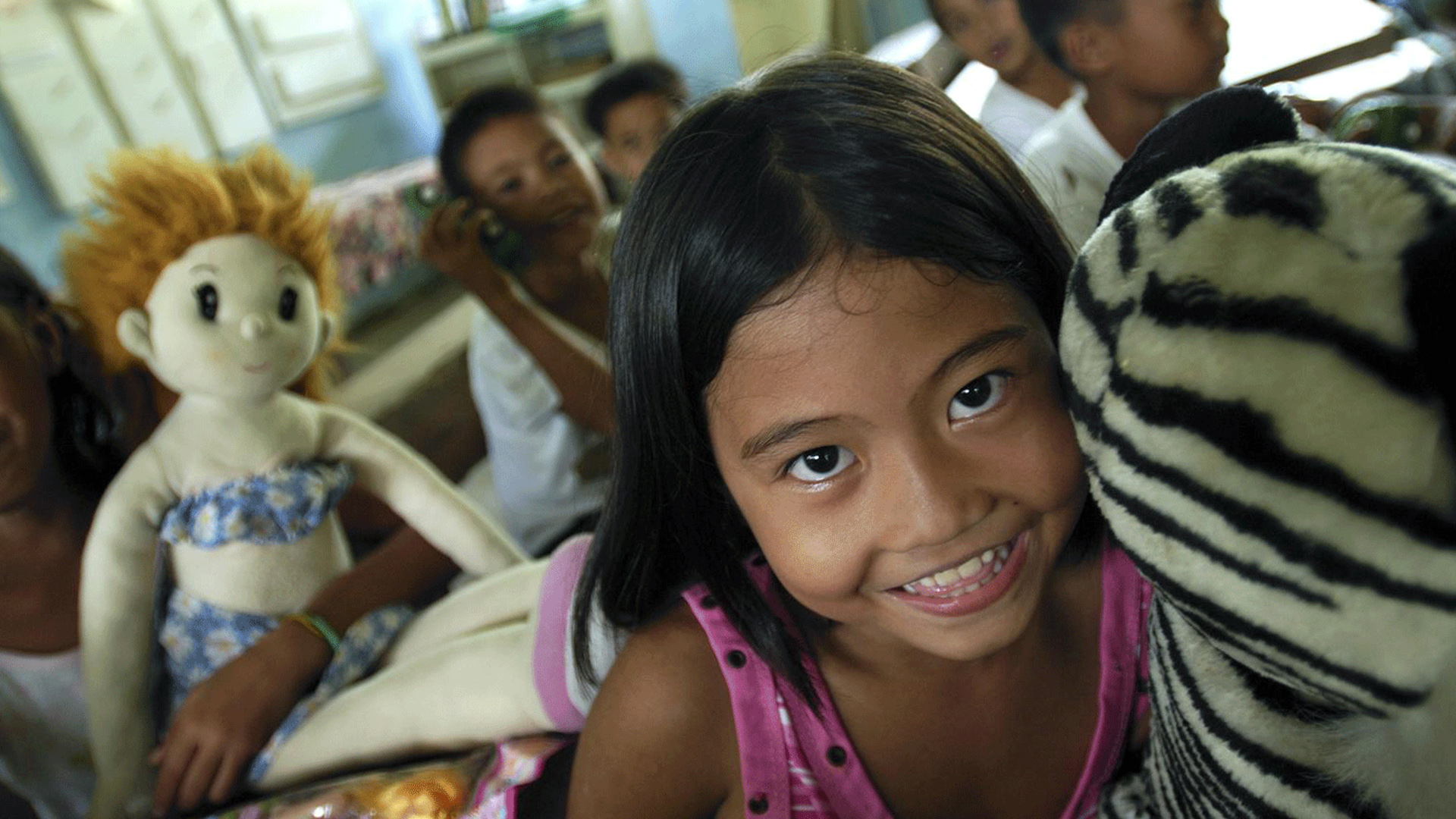Nutrition situation
Under five stunting (%)
30.3
Under five overweight (%)
4
Anaemia in women 15-49 years (%)
15.7
Under five wasting (%)
5.6
Low birth weight (%)
20.1
0 to 5-month-old exclusive breastfeeding (%)
33
Adolescent overweight (%)
Male: 13.4
/ Female: 10.4
Adult overweight (%)
Male: 21.6
/ Female: 22
Adult obesity (%)
Male: 5.5
/ Female: 7.9
Adult diabetes (%)
Male: 7.1
/ Female: 7.3
COVID-19 snapshot
The National Nutrition Council (NNC) issued a Nutrition Cluster Advisory in March and April to provide guidance to national and subnational levels on their nutrition response to the pandemic. Regional nutrition clusters have been active where policy issuances of the NNC are taken up. Government budgets were reprogrammed.
Institutional transformations 2019-2020
Bringing people together into a shared space for action
Multi-stakeholder platforms and mechanisms have been strengthened at all levels in 2019–2020, with regular meetings of the NNC governing board, its technical committee and working groups, the national and local nutrition clusters, regional and local nutrition committees, among others. A SUN Business Network was launched to further strategise entry points of private sector engagement. An Inter-Agency Task Force on Zero Hunger was created in January 2020.Ensuring a coherent policy and legal framework
The Philippine Plan of Action on Nutrition (PPAN) 2017–2022 includes programmes to secure legislation and policy support, and a technical working group on policy development was organised in 2020. National policies were localised (e.g. resolutions) through multi-stakeholder regional nutrition committees and participation in regional development councils. Regular monitoring of the implementation of nutrition-related laws were also sustained (on the breastmilk substitutes code and monitoring of salt plants).Aligning actions around common results
To reach the PPAN targets, various agencies are implementing identified priority programmes. A mid-term review of the PPAN, the Expanded National Nutrition Survey results and the COVID-19 situation were all considered as part of the process of updating the Philippine Development Plan and PPAN targets.A series of local nutrition planning and budgeting workshops was also held to help Local Government Units (LGUs) integrate nutrition into local development plans that are aligned with the PPAN.
Financial tracking and resource mobilisation
A study on drivers of stunting and the public expenditure review will inform the proposed budget tracking and tagging system for nutrition both at national and local levels.There are existing efforts to estimate, consolidate, track and report financing for nutrition at national and local levels, such as review of PPAN targets, agency and LGU reports, and MELLPI Pro. Provinces that held workshops increased investments for nutrition by 5 to 10 per cent. A system is needed for monitoring investments.
2020-2021 Priorities
- Finalise and disseminate the PPAN results framework.
- Develop a comprehensive resource mobilisation strategy at national and subnational levels, including innovative financing schemes for priority LGUs.
- Expand and strengthen capacity of nutrition organisations at national and subnational levels, with all SUN Networks organised.
- Strengthen the delivery of the Philippine Integrated Management of Acute Malnutrition programme.
- Establish a comprehensive PPAN monitoring and evaluation.
Download

